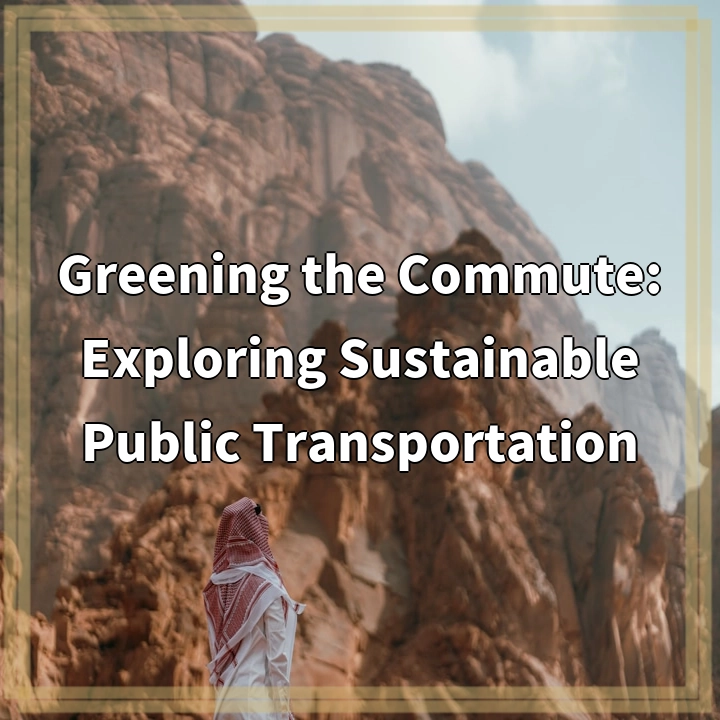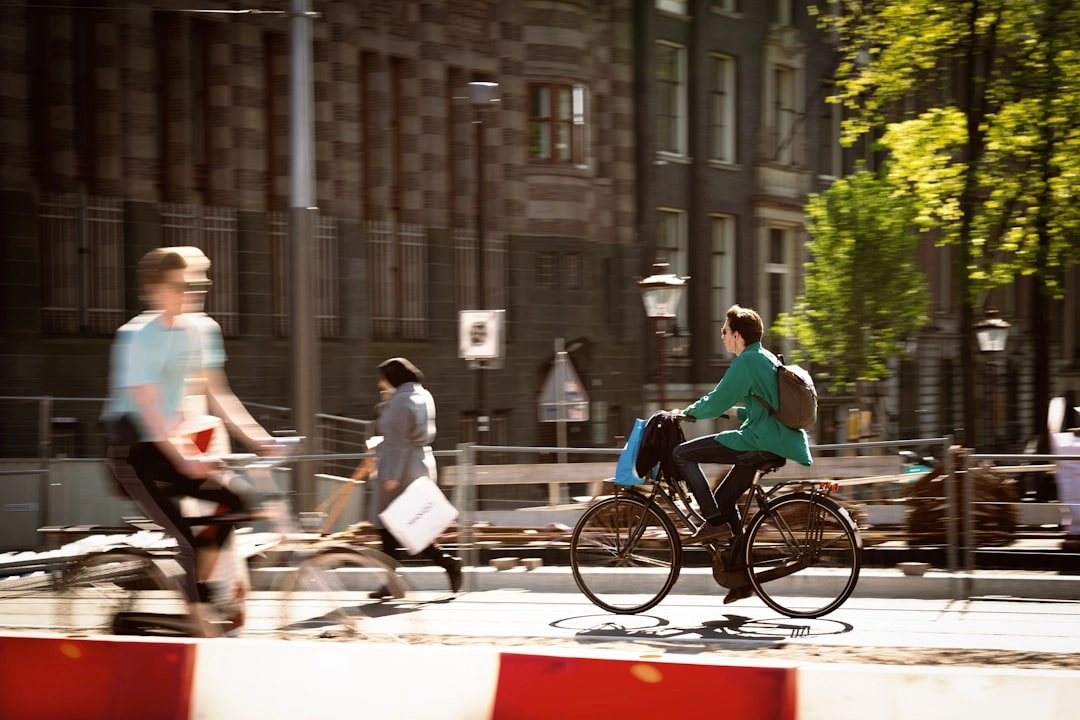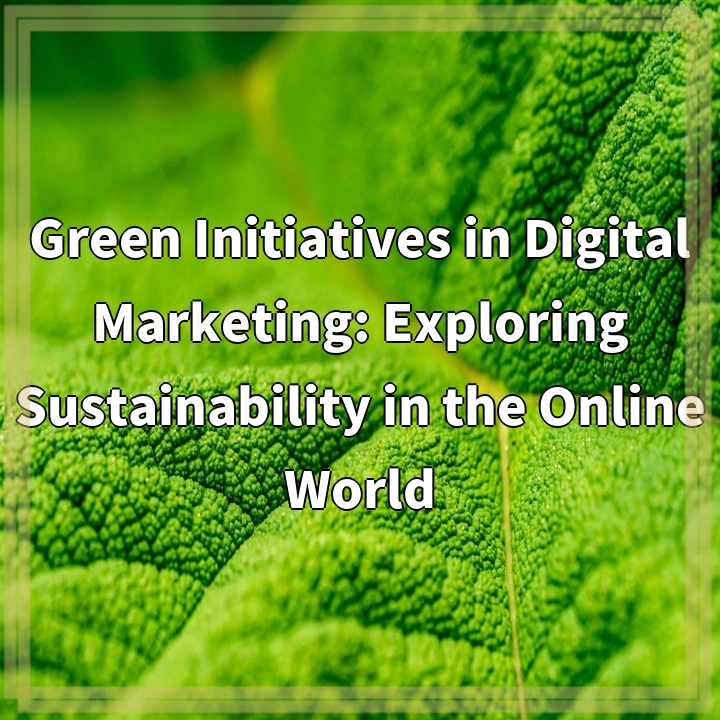
What is Sustainable Public Transportation?
Sustainable public transportation refers to the use of environmentally friendly and energy-efficient modes of transportation for commuting purposes. It encompasses various forms of transportation, such as buses, trains, trams, light rail systems, and bicycles, that are designed to have minimal negative impact on the environment.
Real-World Problems with Sustainable Public Transportation
While sustainable public transportation has numerous benefits, it also faces several challenges in its widespread implementation. These real-world problems include:
1. Limited Infrastructure:
One of the major obstacles in promoting sustainable public transportation is the lack of adequate infrastructure. Many cities and regions may not have the necessary infrastructure to support efficient and reliable public transportation systems. This can include insufficient bus stops, sidewalks, bike lanes, and train stations.
2. Financing and Funding:
Implementing sustainable public transportation systems requires significant financial investments. Funding for infrastructure development, vehicle procurement, and operational costs can be a major challenge, particularly for cash-strapped governments and transit authorities. Securing sustainable and long-term funding sources is essential to overcome this problem.
3. Resistance to Behavioral Change:
Encouraging individuals to switch from private vehicles to public transportation often requires a change in behavior and mindset. Many people are used to the convenience and privacy of personal vehicles and may be resistant to adopting public transportation options. Overcoming this resistance and promoting a cultural shift towards sustainable commuting is vital.
4. Last-Mile Connectivity:
A common problem with sustainable public transportation is the lack of effective last-mile connectivity. This refers to the challenge of reaching a final destination from the transit stop, especially in suburban or less dense areas. Improving last-mile connectivity can involve integrating various modes of transportation, such as bike-sharing programs or shuttle services.
5. Social Equity and Accessibility:
Ensuring equitable access to sustainable public transportation is a concern. Low-income communities and marginalized populations often have limited access to public transportation options, which can perpetuate socio-economic inequalities. Addressing this problem involves strategic planning and prioritizing access for all communities.
By addressing these real-world problems associated with sustainable public transportation, cities and communities can work towards greener and more efficient transportation systems that benefit both the environment and the well-being of their inhabitants.

Solutions for Sustainable Public Transportation
Addressing the real-world problems of sustainable public transportation requires implementing effective solutions. Here are some key strategies to overcome these challenges:
1. Infrastructure Development:
Investing in the development and improvement of public transportation infrastructure is crucial. This includes constructing more bus stops, train stations, and bike lanes, as well as enhancing accessibility features like ramps and elevators. Additionally, integrating technology solutions can help optimize routes and reduce delays.
2. Innovative Financing Models:
Exploring innovative financing models can alleviate the financial burden of sustainable public transportation. Public-private partnerships, value-capture mechanisms, and targeted taxation strategies can generate funding for infrastructure development and operational costs. Governments can also seek grants and incentives from national and international organizations to support greener transportation initiatives.
3. Education and Awareness:
Increasing education and awareness about the benefits of sustainable public transportation is crucial for promoting behavioral change. Public campaigns, informational materials, and community engagement programs can highlight the environmental, health, and economic advantages of using public transportation, influencing public perceptions and attitudes.
4. Last-Mile Solutions:
Improving last-mile connectivity is essential to encourage individuals to choose public transportation as a viable option. Implementing bike-sharing programs, establishing dedicated pickup and drop-off points, and coordinating with ride-sharing services can enhance the accessibility and convenience of public transportation, ultimately reducing dependence on private vehicles.
5. Equitable Access:
To ensure social equity in sustainable public transportation, policies and initiatives should aim to provide equal access to all communities. This can involve prioritizing underserved areas for infrastructure development, adjusting fare structures to be affordable for low-income individuals, and incorporating feedback from diverse communities in the planning and decision-making processes.
By implementing these solutions, communities can create a more sustainable and equitable public transportation system, reducing reliance on private vehicles and contributing to a greener, healthier future.















